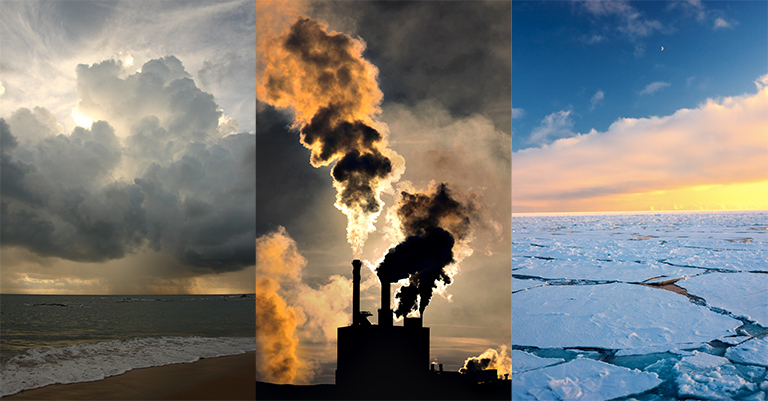By 2050, regions of Asia may see rising average temperatures, deadly heatwaves, extreme precipitation events, catastrophic hurricanes, drought, and water supply problems (see figure below). The GDP of Asia is threatened by global warming, accounting for more than two-thirds of the total yearly global GDP at danger. According to McKinsey & Company’s Climate Risk and Response in Asia report, countries in Frontier Asia (Bangladesh, India, and Pakistan) and Emerging Asia (Cambodia, Indonesia, Laos, Malaysia, Myanmar, the Philippines, Thailand, and Vietnam) are the most vulnerable to climate change consequences.
Climate change consequences are predicted to be less severe in advanced Asia (Australia, Japan, New Zealand, and South Korea) and China, which is a separate category. In fact, increased crop yields are predicted to constitute a net agricultural benefit from climate change in these countries. However, owing to more frequent extreme precipitation events and typhoons in many locations, hazards to infrastructure and supply systems will increase in these countries, which is especially critical given China’s significance in global supply chains.
Warming has a significant impact on what is known as Natural Capital. By 2050, the glacial mass will have decreased by up to 40%, fisheries harvests may have decreased by half, and 90 per cent of coral reefs would have suffered significant degradation. Rising temperatures and deadly heatwaves have an impact on livability and effective working hours in key Asian countries, with up to 10% of daylight work hours likely to be lost by mid-century.
The paper by McKinsey & Company discusses possible solutions to this massive problem. They point out that, thankfully, Asia is ideally positioned to handle these issues and seize the benefits that come with efficiently managing climate risks — if they choose to do so. Many Asian countries are still developing their infrastructure and metropolitan centres. This gives the region an opportunity to make sure that whatever is built is more robust and capable of withstanding the increased hazards of climate change.
The paper by McKinsey & Company discusses possible solutions to this massive problem. They point out that, thankfully, Asia is ideally positioned to handle these issues and seize the benefits that come with efficiently managing climate risks — if they choose to do so. Many Asian countries are still developing their infrastructure and metropolitan centres. This gives the region an opportunity to make sure that whatever is built is more robust and capable of withstanding the increased hazards of climate change.
As the Himalayan glaciers have receded, the annual melting water supply used to feed farmland in India’s Ladakh area has decreased. A system was devised to store meltwater in massive standing structures, allowing for year-round irrigation. However, without major decarbonization, these initiatives are likely to fail. Asia is responsible for about half of all greenhouse gas emissions. The research examines the transition from coal to renewables, which includes a combination of solar and wind power with battery storage, as well as rewards to coal asset owners for retiring assets before they reach the end of their useful lives.
These tactics have not proven to be very effective in the real world, and they consume a lot of energy. For everything, the amount of renewables required to reach these goals would require more steel than China now produces, and that doesn’t include renewables to make green hydrogen to decarbonize steel manufacturing. Leading Asia through the challenges of a warming planet is a huge task, but one that is just as important as leading the rest of the globe to the same objective.

